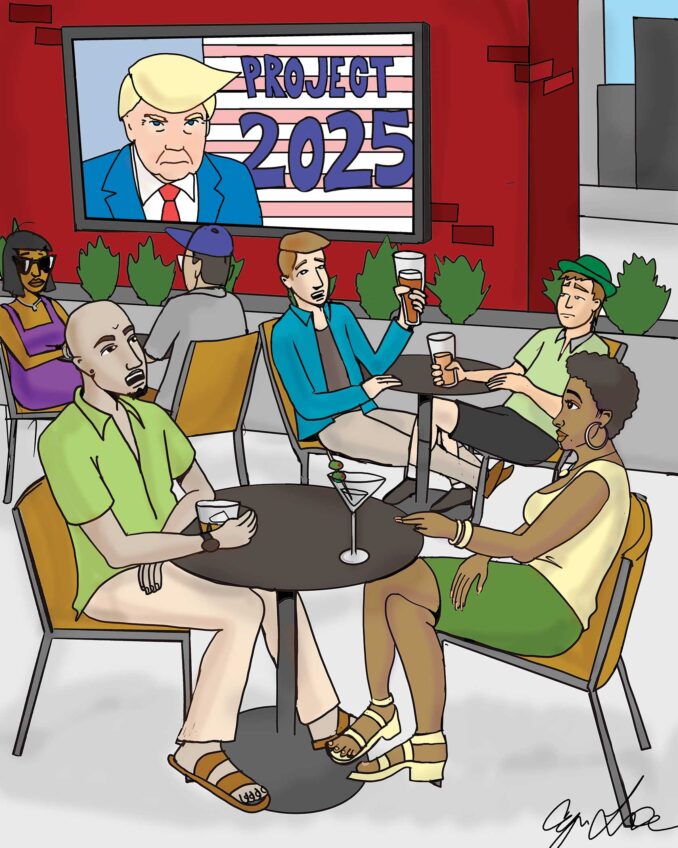
Now that the election is over, it should be clear even to rabid conservatives that Black voters will continually oppose their vision of establishing an authoritarian regime in America. The Black political bloc is committed to the principles that “no one is above the law” and “every citizen has the right to vote.” Civil rights activists must be prepared to counter the political fusillade that is sure to come in an attempt to change these Black values. Even while that battle is underway, civil rights activists will also have to consider the implications of the nation’s racial caste system that were pointed out by Isabel Wilkerson’s new book “Caste: The Origins of Our Discontents.” Up until now the problem in America was always simply described as racism. This is generally defined as “overt and declared hatred of a person or group because of the race ascribed to them.”
Caste is different from racial hostility. “It is the granting or withholding of respect, status, honor, attention, privileges, resources … to someone on the basis of their perceived rank or standing in the hierarchy.” There need not be any hostility or antagonism in the process of imposing caste restrictions on others.
What causes the confusion is that both racial discrimination as well as caste status can be triggered by an individual’s physical appearance, primarily skin color and hair texture. In her book, Ms. Wilkerson provides examples of the operation of caste systems in East India and Nazi Germany as well as the U.S.
Both the restrictions imposed by caste rules and limitations because of racial hostility can be subject to anti-discrimination laws. However, violations resulting from caste may be more difficult to prove. An example of the complexity is a case brought by Wanda Wilson, a secretary at JPMorgan Chase, who filed a complaint within the bank against an offensive colleague. After she was fired by the bank, she filed a lawsuit alleging race discrimination.
Ms. Wilson had two strong issues that JPMorgan Chase will have to overcome. One is that she has worked at the bank without complaint for 18 years. The second is even stronger. She is what journalists call “wired.” Her stepfather was Amiri Baraka (né LeRoi Jones), the late poet and community organizer who is nationally known. Her mother is Amina Baraka, who is equally as celebrated as her late husband Amiri. And her brother Ras Baraka is the current mayor of Newark.
A common aspect of a caste system is that people with high level contacts or distinguished family members get special and favorable treatment. Most Blacks looking at the Wanda Wilson case would conclude that she would normally get special treatment whether or not it is deserved. However, the off-the-record comments of Blacks in her office indicate that racism is common. It is hard to believe that someone in the chain of command is not astute enough to have kept the problem away from bank president Jamie Diamond.
The whole point of the caste system is to establish a simple way to characterize one person as superior to another. Ms. Wilson’s problem might not have been readily resolved because some administrator would have had to conclude that Ms. Wilson has the necessary rank to move past a number of whites ahead of her on the organizational chart.
A society that has gone wrong by permitting slavery in the U.S. and the Holocaust in Germany must make positive steps to avoid enshrining the perpetrators. Ms. Wilkerson points out that the Germans did not build monuments to their great generals like Erwin Rommel. However, the Dixiecrats built statues throughout the South to the fallen leaders of the Confederacy.
Civil rights activists have focused on the elimination of monuments to hostile racial discrimination. Wilkerson’s book establishes the necessity of including in their efforts the elimination of caste restrictions that limit opportunities for Blacks to attain positions of higher status.






